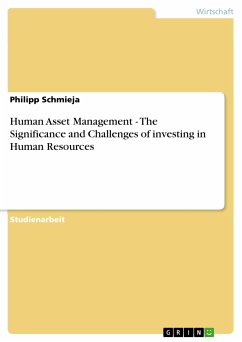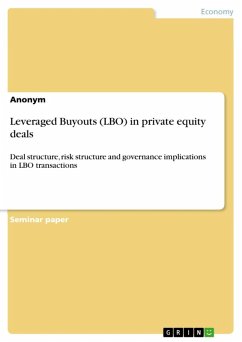Seminar paper from the year 2002 in the subject Business economics - Investment and Finance, grade: 1 (A), Manchester Metropolitan University Business School (Corporate Finance), language: English, abstract: Investment project evaluation is an important matter for companies. There are often a variety of different investment opportunities amongst which a company can choose or there is the problem of capital rationing in which limited capital is available for investment. Whatever the particular problem, companies need tools to aid them in selecting the correct opportunity, so that the maximum possible value will be added and they need to be able to do so without referring back to the shareholders and to ask them for their particular preferences. There are various methods of investment appraisal, of which three will be discussed and implemented here in order to supply the company directors with the bes possible advice. The first being the Net Present Value (NPV) calculation that considers relevant future cash flows and subsequently discounts them at the opportunity cost of capital (the Internal Rate of Return (IRR) is similar and will be discussed in more detail later) and the other being the Accounting Rate of Return (ARR) that bases its analysis upon pure, non-discounted, accounting data.









